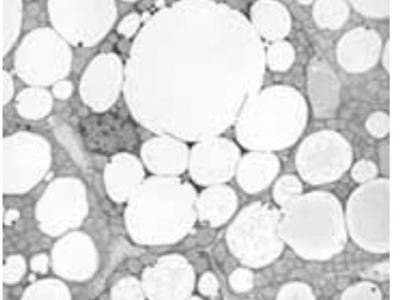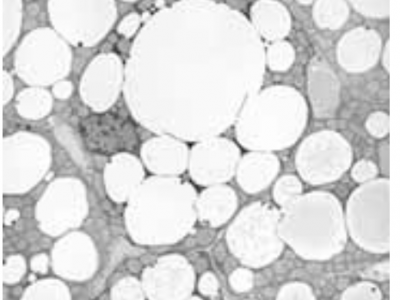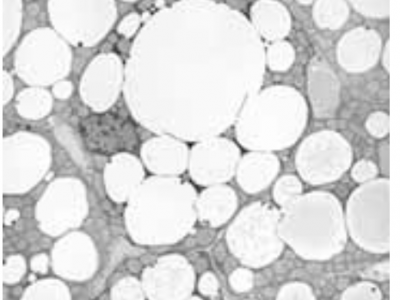differential privacy
This dataset collection supports the research presented in the manuscript titled “Privacy-preserving and Verifiable Federated Learning for Biometric Data in Edge Computing” (submitted to IEEE Transactions on Knowledge and Data Engineering). It includes three curated biometric datasets—SigD, BIDMC, and TBME—that are used to evaluate the BPVFL framework’s performance in privacy-preserving and verifiable federated learning scenarios.
- Categories:
 19 Views
19 ViewsThis dataset collection supports the research presented in the manuscript titled “Privacy-preserving and Verifiable Federated Learning for Biometric Data in Edge Computing” (submitted to IEEE Transactions on Knowledge and Data Engineering). It includes three curated biometric datasets—SigD, BIDMC, and TBME—that are used to evaluate the BPVFL framework’s performance in privacy-preserving and verifiable federated learning scenarios.
- Categories:
 Views
ViewsThis dataset collection supports the research presented in the manuscript titled “Privacy-preserving and Verifiable Federated Learning for Biometric Data in Edge Computing” (submitted to IEEE Transactions on Knowledge and Data Engineering). It includes three curated biometric datasets—SigD, BIDMC, and TBME—that are used to evaluate the BPVFL framework’s performance in privacy-preserving and verifiable federated learning scenarios.
- Categories:
 Views
Views
We evaluate our approach on three popular domain adaptation benchmark datasets. The first one is Office-Caltech10 dataset, which contains images of 10 object categories from an office environment (e.g., keyboard, laptop) in 4 sources: Amazon, Caltech256, DSLR, and Webcam. We encode each source into 4096-dimensional feature vectors. Using each source as a domain, we get four domains leading to 12 domain adaptation tasks. The second one is Office-Home dataset, which contains images of 65 object categories found typically in Office and Home settings.
- Categories:
 201 Views
201 Views

